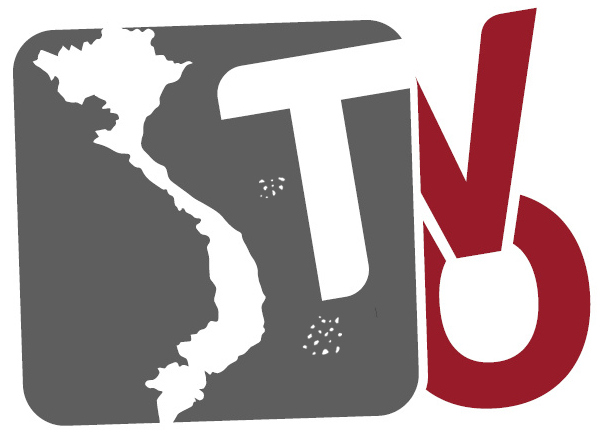Vietnamese alphabet pronunciation – A Brief Introduction
The Vietnamese alphabet, also known as the Quốc ngữ script, stands as the official writing system of Vietnam, reflecting the linguistic and cultural heritage of the country. This unique script, unlike many other East Asian writing systems, is based on the Latin alphabet, showcasing the influence of Western linguistic traditions in Vietnam’s language development.
The adoption of the Latin alphabet for the Vietnamese language can be traced back to the early 17th century, during the Jesuit missionary activities in the region. European missionaries, particularly Alexandre de Rhodes, played a pivotal role in creating a writing system that could accurately represent the sounds of the Vietnamese language. The result was the birth of the Quốc ngữ script, a system that departed from the logographic traditions of Chinese characters and embraced the phonetic approach of the Latin alphabet.
Related posts:

The pronunciation of the Vietnamese alphabet
The pronunciation of the Vietnamese alphabet is relatively simple and easy to learn. The letters are pronounced as they are in English, with the exception of a few diacritical marks. The tone marks, which indicate the tone of a word, are placed above or below the vowels. There are six tones in the Vietnamese language, and they are essential to understanding the meaning of a word.

The Vietnamese language also has a few unique sounds that do not exist in English
The Vietnamese language also has a few unique sounds that do not exist in English. For example, the letter “i” is pronounced as “ee,” and the letter “y” is pronounced as “yuh.” Additionally, the letter “u” is pronounced as “oo” when it is followed by “i” or “y.”
To help you with the pronunciation of the Vietnamese alphabet, you can use various resources such as online pronunciation guides, language-learning apps, or audio recordings of native speakers. Practicing speaking and listening to the language will also help you to master the pronunciation of the Vietnamese alphabet.
Conclusion
In conclusion, mastering the Vietnamese alphabet pronunciation is an important step in learning the language. With practice and guidance, you can learn to pronounce the letters and diacritical marks correctly, and improve your speaking and reading skills in Vietnamese.









